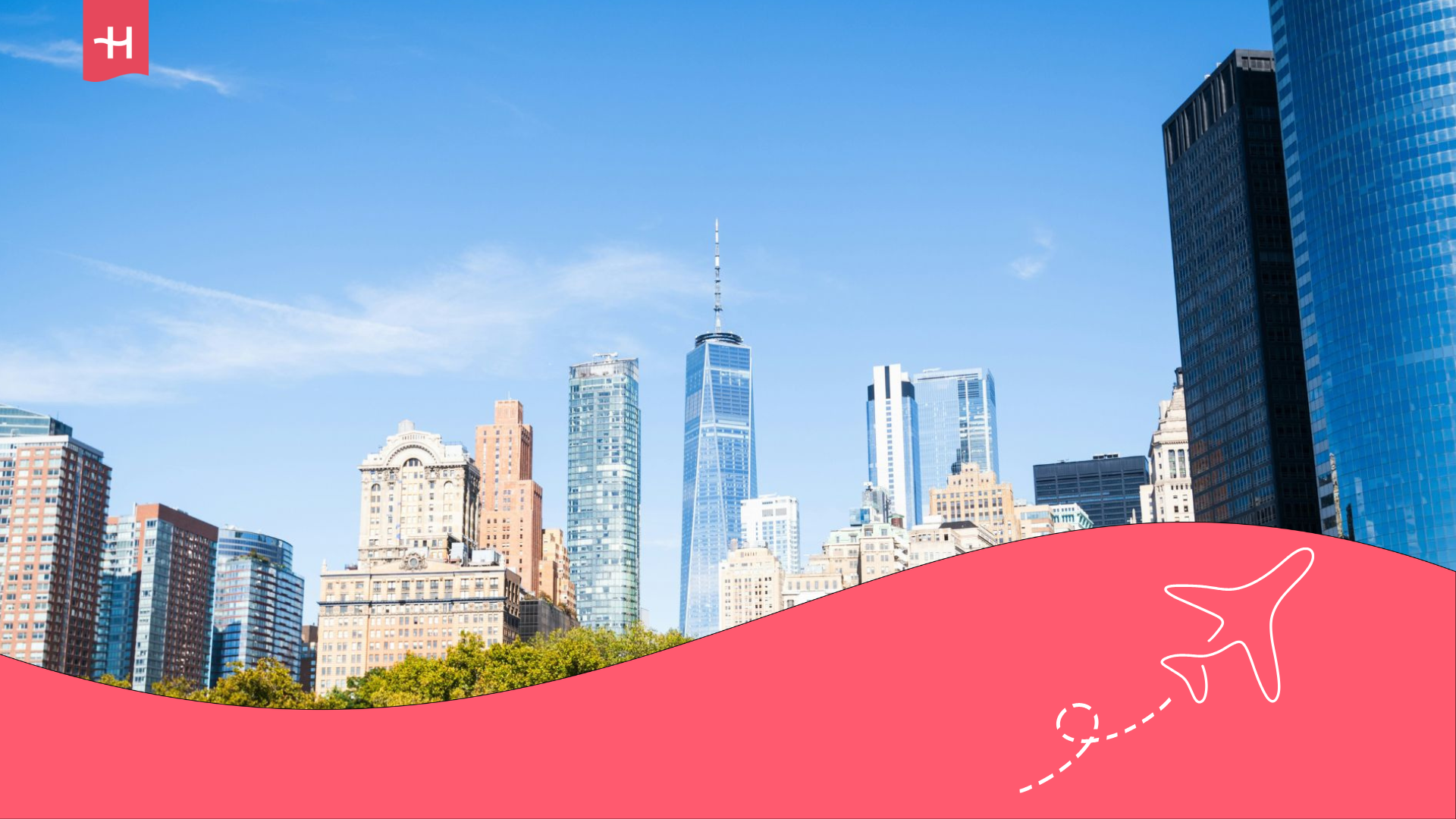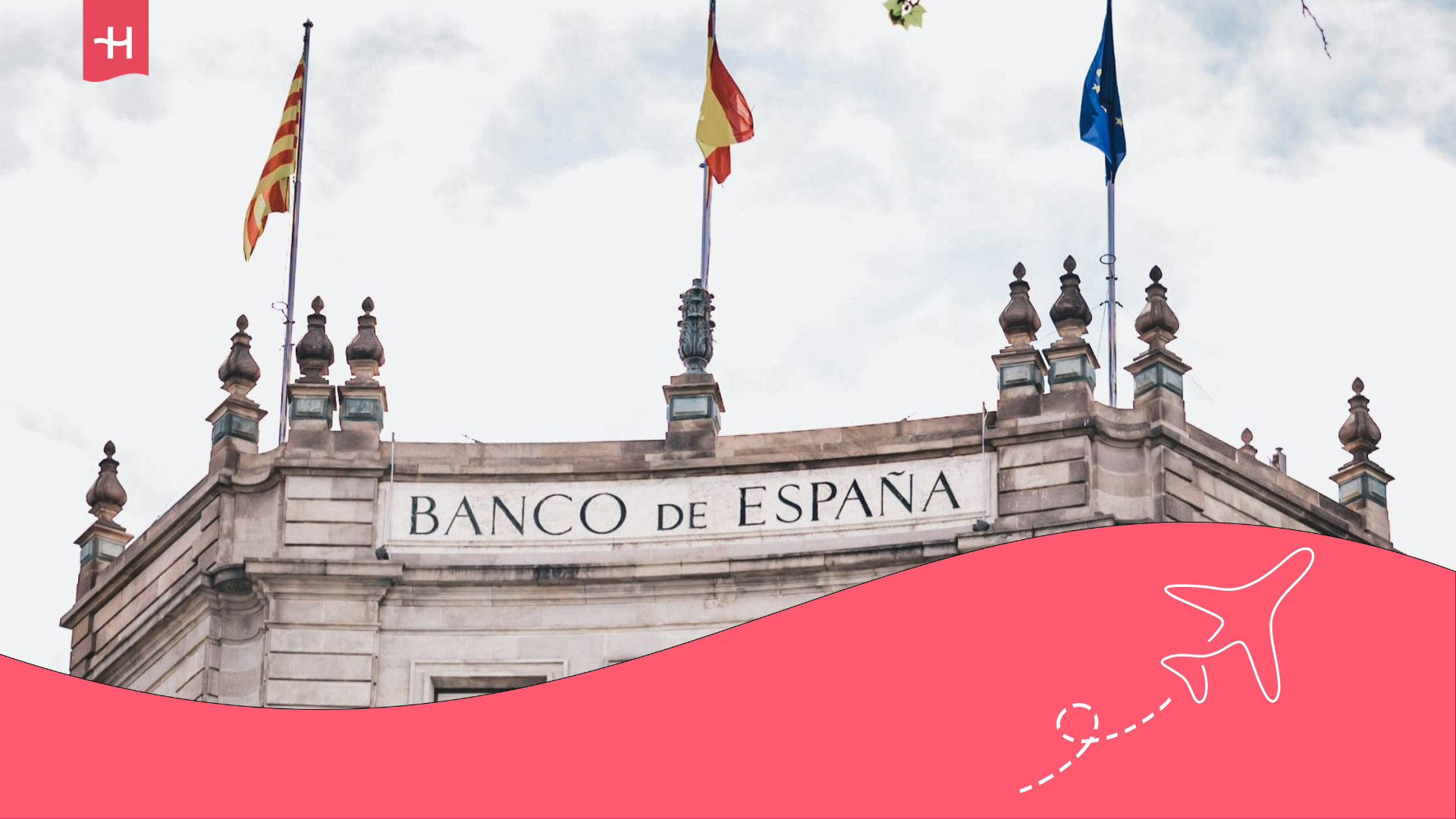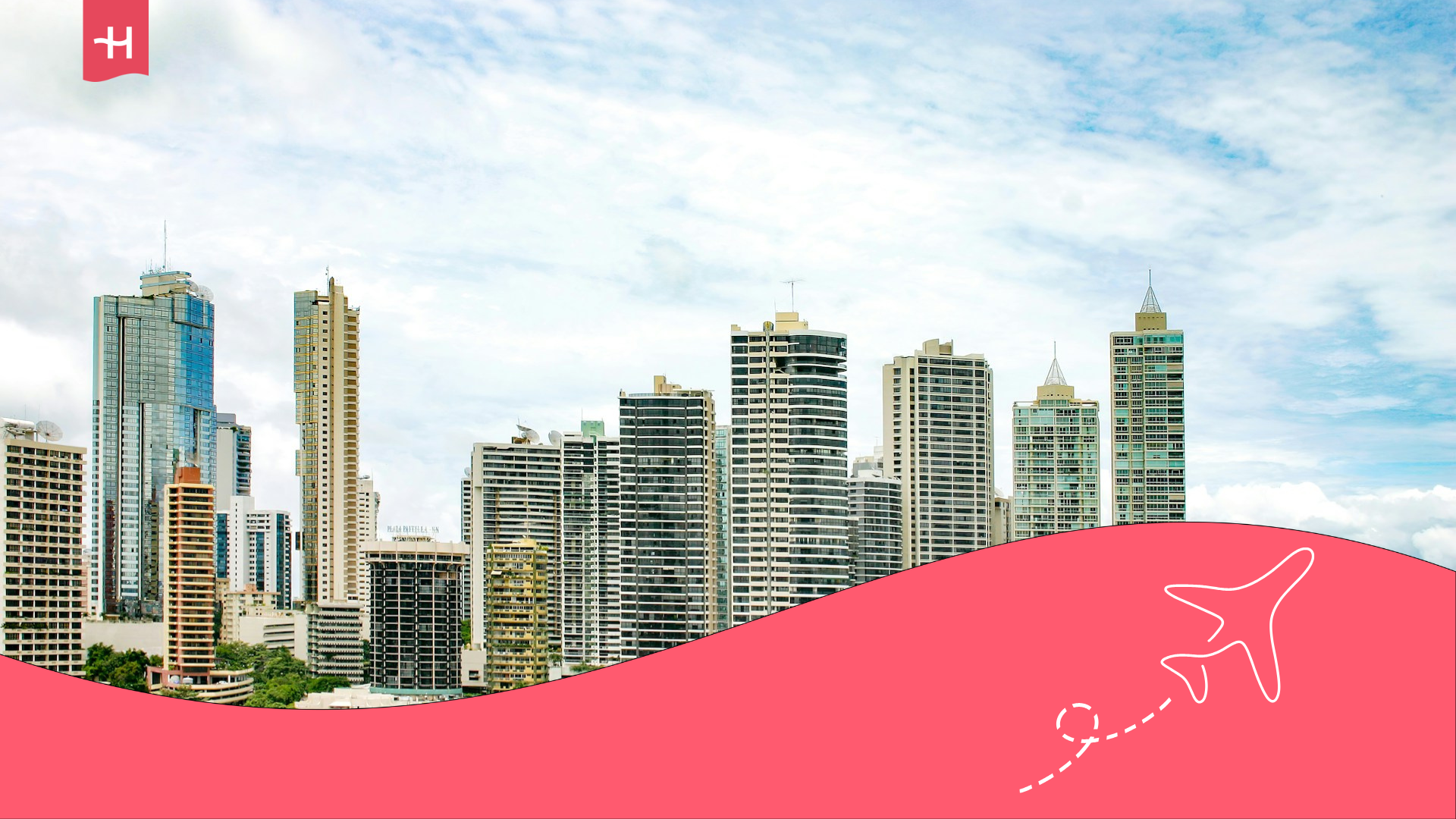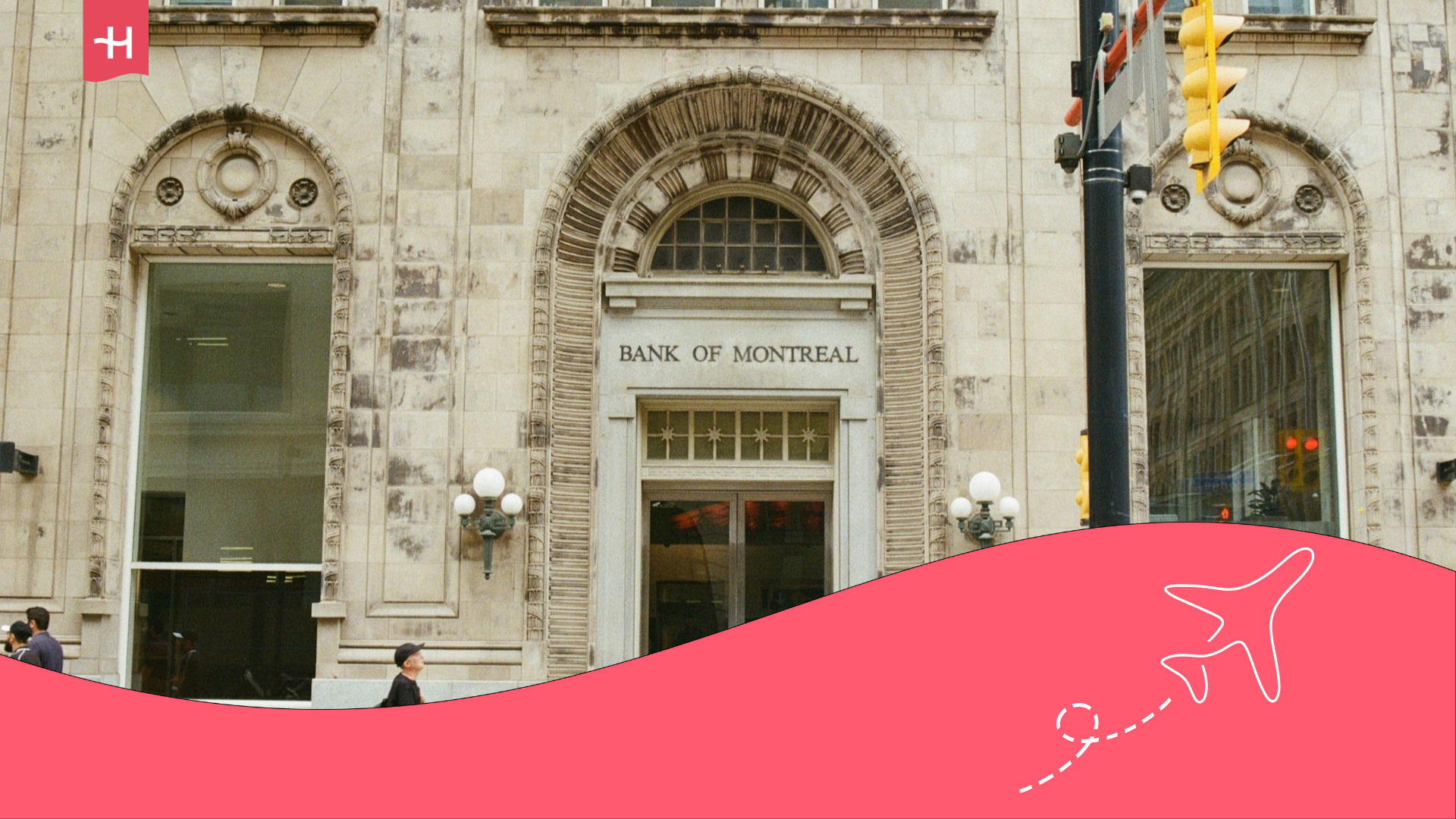Cost of living in Panama: Food, transport, and more
Here is a breakdown of the cost of living in Panama: a guide with current prices in dollars and euros for housing, food, internet, healthcare, and more.
If you’re wondering about the cost of living in Panama because you plan to move this year, this post is a must-read. At Holafly, we’ve done the hard work for you. Just scroll to discover how many dollars and euros you’ll need in this warm Central American destination. We’ll tell you upfront that with $1,800–2,500 (€1,726–2,398), you can live comfortably. But what’s the biggest expense, and what are the current prices for housing, food, transport, and healthcare? Find out with us. Keep reading!
Cost of living in Panama: Accommodation prices
Of course, where you’ll stay is the first thing to plan and book before travelling to Panama. How much does it cost? It depends on the area, the amenities you choose, and how long you’ll stay in this Central American country. Here are reference prices for hotel, apartment, and coliving bookings in Panama City, one of the most expensive places:
- 3-star hotel: Hotel Marbella offers rooms from $35 (€33) per night with air conditioning, desk, cable TV, and private bathroom. Additionally, for $6.50 (€6.23), you’ll get an American breakfast.
- One-bedroom furnished flat: In expensive city areas, rent ranges between $850–1,200 (€815–1,151). Outside the capital, costs drop, starting from $400 (€383).
- Two-bedroom furnished flat: Larger spaces in the capital cost between $1,000–1,500 (€959–1,438).
- Coliving: At Studio Coliving in Panama City, digital nomads, students, and frequent travellers enjoy hotel-level comforts with a unique community experience. Private rooms start from $52 (€49) per night and include access to shared areas, gym, pool, coworking, community events, plus internet, security, and cleaning.
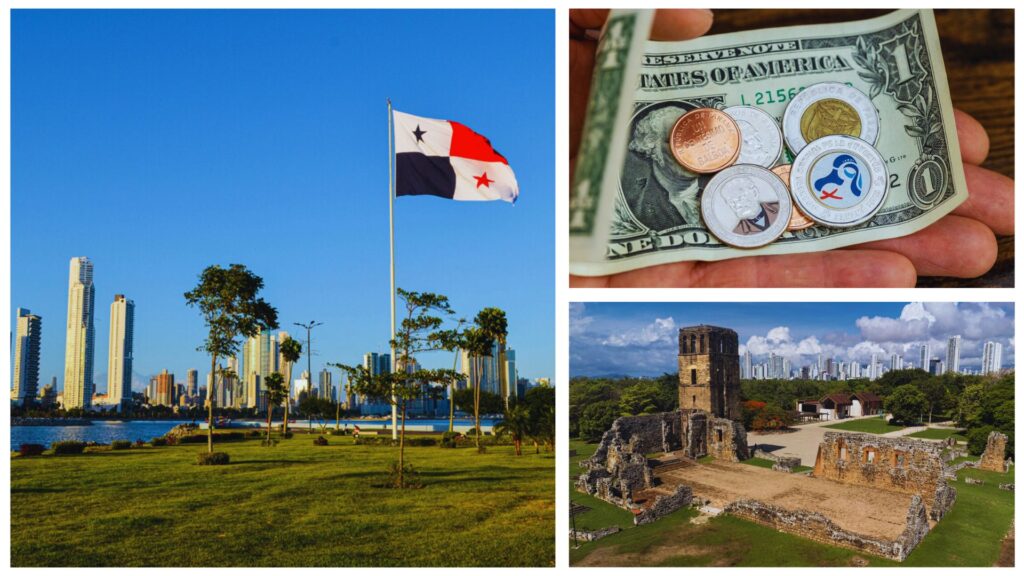
Food expenses in Panama
Food is another crucial factor in the cost of living in Panama and everywhere else. Generally, groceries for two people cost $200–300 (€191–287) at chains like El Rey supermarkets. For fruit or seafood, it’s better to visit Mercado de Mariscos or Mercado de Abastos, where fresh vegetables and fish are cheaper.
If you eat out, avoid tourist areas where prices are high. For more food at lower cost, fonditas serve typical regional dishes like sancocho, ropa vieja, and guacho for $8–16 (€7–15). That’s the same price as breakfast in mid-range cafés. At small stalls, you can start your day with hojaldras, carimañolas, or corn buns from $3 (€2).
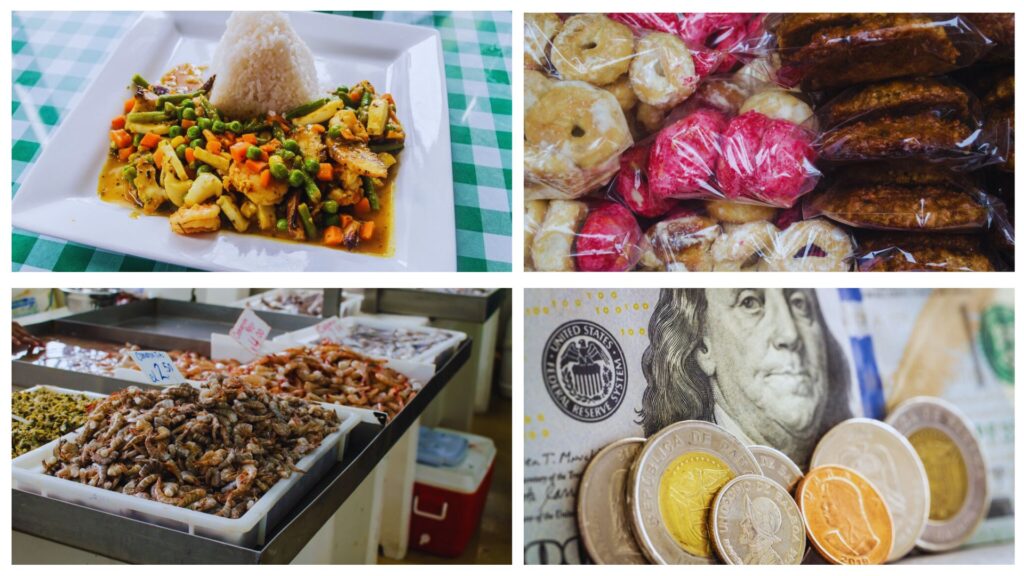
Treating yourself is part of travelling, but cooking at home stretches your budget further. Here are Panama’s everyday grocery prices:
| Product | Price |
| Pasta (500 g) | $1.50 (€1.35) |
| Eggs (dozen) | $2.50 (€2.25) |
| Milk (1 litre) | $1.85 (€1.77) |
| Chicken (1 kg) | $7 (€6) |
| Tomatoes (1 kg) | $3 (€2.70) |
| Potatoes (1 kg) | $2.50 (€2.45) |
| Cheese (1 kg) | $6 (€5) |
| Bread (500 g) | $2.00 (€1.80) |
| Coca-Cola (2 litres) | $2.29 (€2.20) |
Cost of living in Panama: transport expenses
Your monthly transport budget depends on how you move around. The cheapest option is public transport (metro and buses), costing $30–50 (€28–47). Taxis mean a higher monthly spend of $120–250 (€115–240). If you own a car, expect $250–500 (€240–480) for insurance and fuel. Here are detailed public and private transport costs in Panama:
- Panama Metro: Two lines operate, with one under construction: Albrook–Villa Zaita, San Miguelito–Nuevo Tocumen, and Albrook–Ciudad del Futuro (under construction). A trip costs $0.35 (€0.32).
- Buses: Also called “metrobuses”, cover urban routes for less than a dollar ($0.25).
- MetroCard: Rechargeable for metro and buses, costs $2.00 (€1.80).
- Taxi and Uber: Taxis don’t use meters. Fares are agreed but similar to Uber, around $3–7 (€2.88–6.71).
- Bicycle rentals: Latin Bike Panama rents bikes for $50 (€45) per day, while Burke Bikes rents from $5 (€4) per hour.
- New car cost: Toyota Hilux, Panama’s best-selling model, starts from $30,000 (€28,700).
- Fuel cost: As of 2025, 95-octane is $0.92 (€0.88) per litre, while 91-octane is $0.88 (€0.84). A full tank costs $36–65 (€34–62).
- Electric vehicle charge: $7–10 (€6–9) for 300–400 km.
- Vehicle insurance: The mandatory annual policy costs around $50 (€45), while more comprehensive private insurance ranges between $300–1,000 (€287–959) per year.
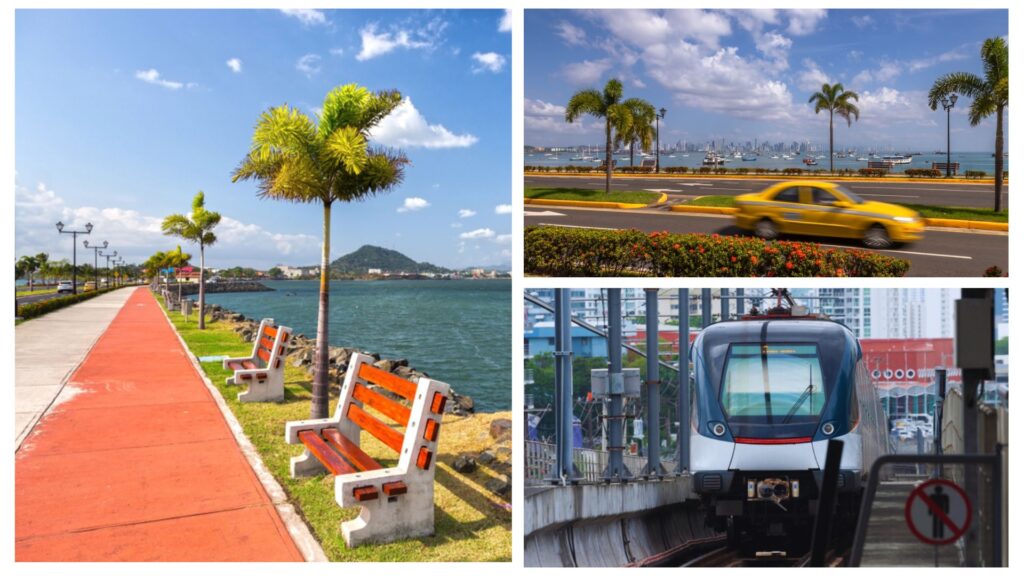
Healthcare services in Panama: Access and costs
Foreigners don’t get free healthcare in Panama. Refugees and asylum seekers also pay the same as citizens and residents. However, patients struggling financially may get flexible payment plans after a social work evaluation. Hospitals won’t deny care, even with outstanding debts.
A useful tip before travelling is to budget for an international health insurance policy. It ensures peace of mind in case of accident or illness and avoids unexpected expenses disrupting your finances. We suggest checking reviews of SURA and Mapfre, both available for coverage in Panama.
Here are some common medical costs and essential medicine prices:
- General consultation: $50–80 (€46–73).
- Basic lab tests: from $30 (€28).
- Routine dental check-up: around $50 (€46).
- Hospitalisation per day: $500–1,500 (€479–1,438).
- Common painkillers (paracetamol or ibuprofen): $5–10 (€4.80–9.80) per box.
- Allergy antihistamines: about $8–15 (€7–14).
Telephony and internet in Panama: costs and plans
The main telecom operators in Panama are:
- Más Móvil: Mobile plans with minutes and data from $22 (€21). Home internet plans from $31 (€29).
- Tigo Panama: Unlimited calls, 5G data, SMS from $22 (€21). Fixed internet from $43 (€42).
- Telca: Fibre internet plans from $40 (€38) monthly.
Note that many prices are “hooks”, valid only 6–12 months. After the promotion, fees rise. Extra charges for installation or equipment may also apply.
For frequent travellers, students, or digital nomads, a local fixed plan may not be practical. In such cases, Holafly monthly subscription plans are more convenient. They offer high-speed data for a full month and work in multiple destinations. With a global eSIM, you won’t need a national line or change SIM cards. You’ll avoid roaming and share data across devices. Your connection stays with you throughout your trip, hassle-free.
Important: If you are a frequent traveler and want to stay connected without worrying about expensive roaming or looking for a new SIM at every destination, Holafly’s subscription plans are for you. With a single eSIM, enjoy internet in more than 160 countries for a fixed price and no surprises on your bill. Travel without limits and connect easily and securely! 🚀🌍

Cost of living in Panama: Leisure activities
If we talk about fun and entertainment, Panama won’t disappoint. But how much will it cost? Here are prices for outings, tourist attractions, and monthly streaming fees when you relax at home:
Tourist sites:
- Panama Canal (Miraflores Visitor Centre): Entrance costs around $20 (€19).
- Biomuseo: General admission is $18 (€17) for adults.
- Soberanía National Park: Entry costs about $5 (€4) per person.
- San Blas Islands: Day trips to this coastal destination include transport and activities. The price per person is usually around $145 (€139).
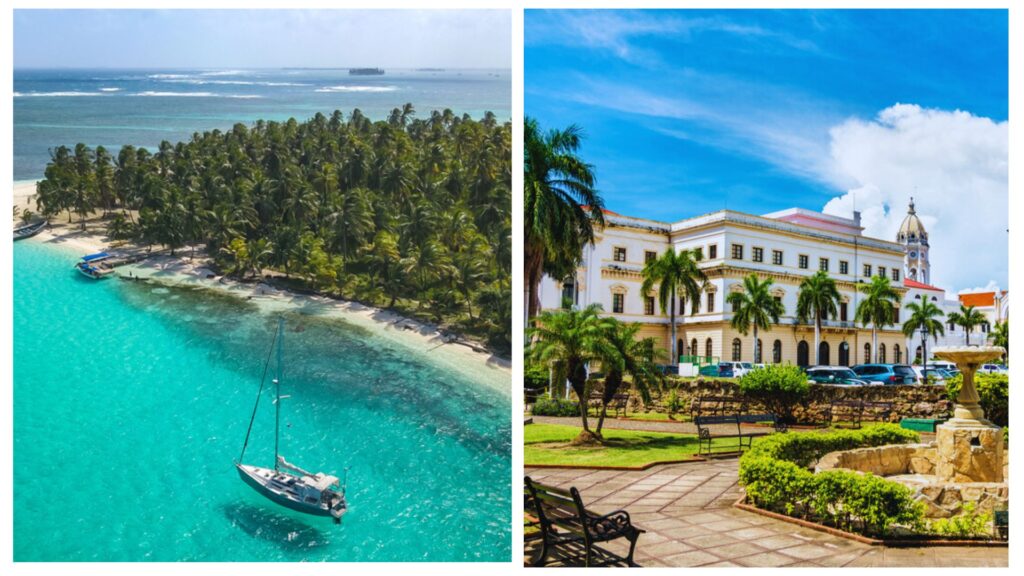
Nights out in the city:
- Cocktail cost: Drinks in a nightclub cost $12 (€11).
- Theatre: $25–50 (€23–47) per person, depending on the show and seats.
- Cinema: Tickets cost about $10 (€9).
Streaming platforms:
- Netflix: In Panama, plans start from $8–25 (€7–24) monthly.
- Disney+: Monthly cost from $17 (€16).





 Language
Language 


















 No results found
No results found



